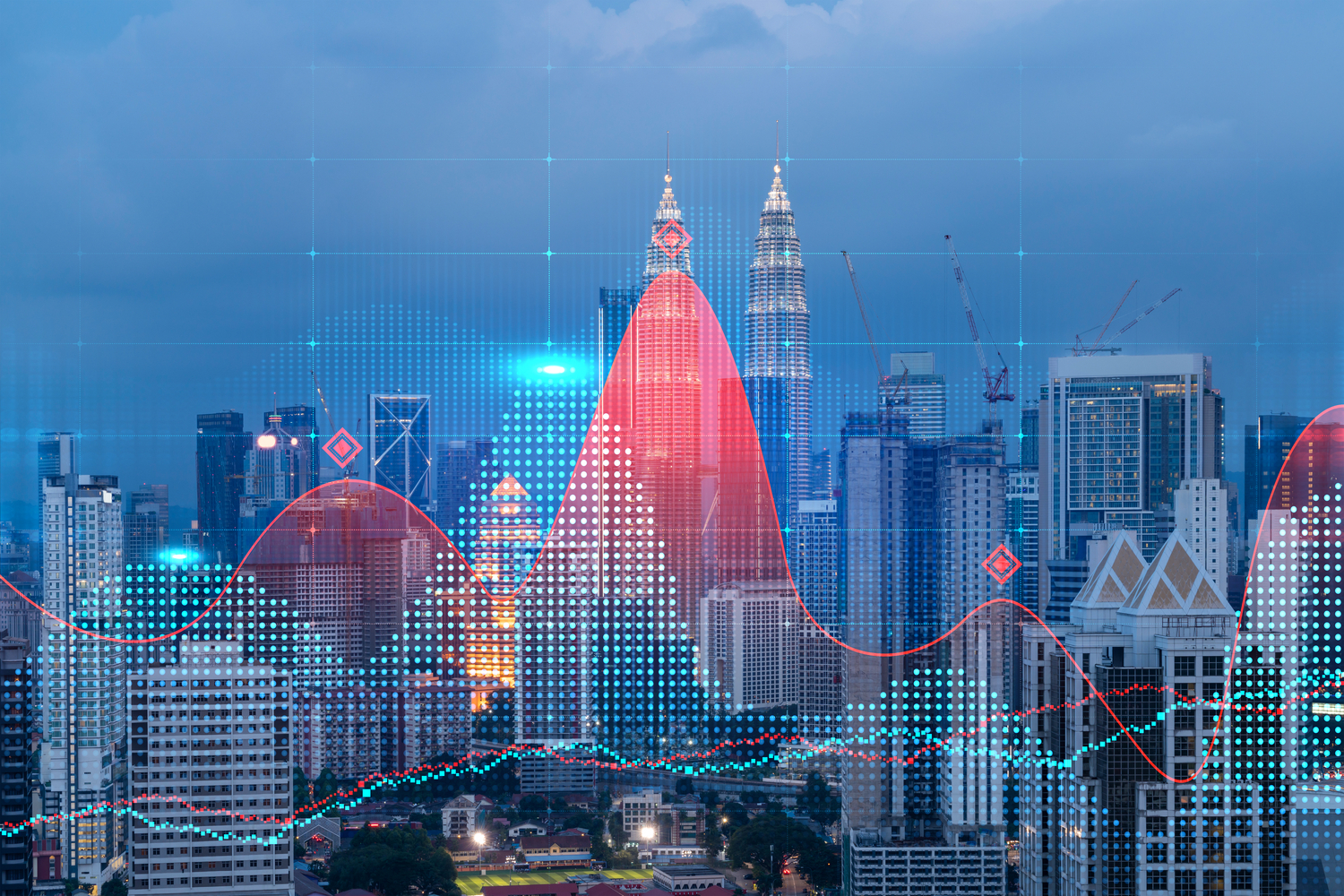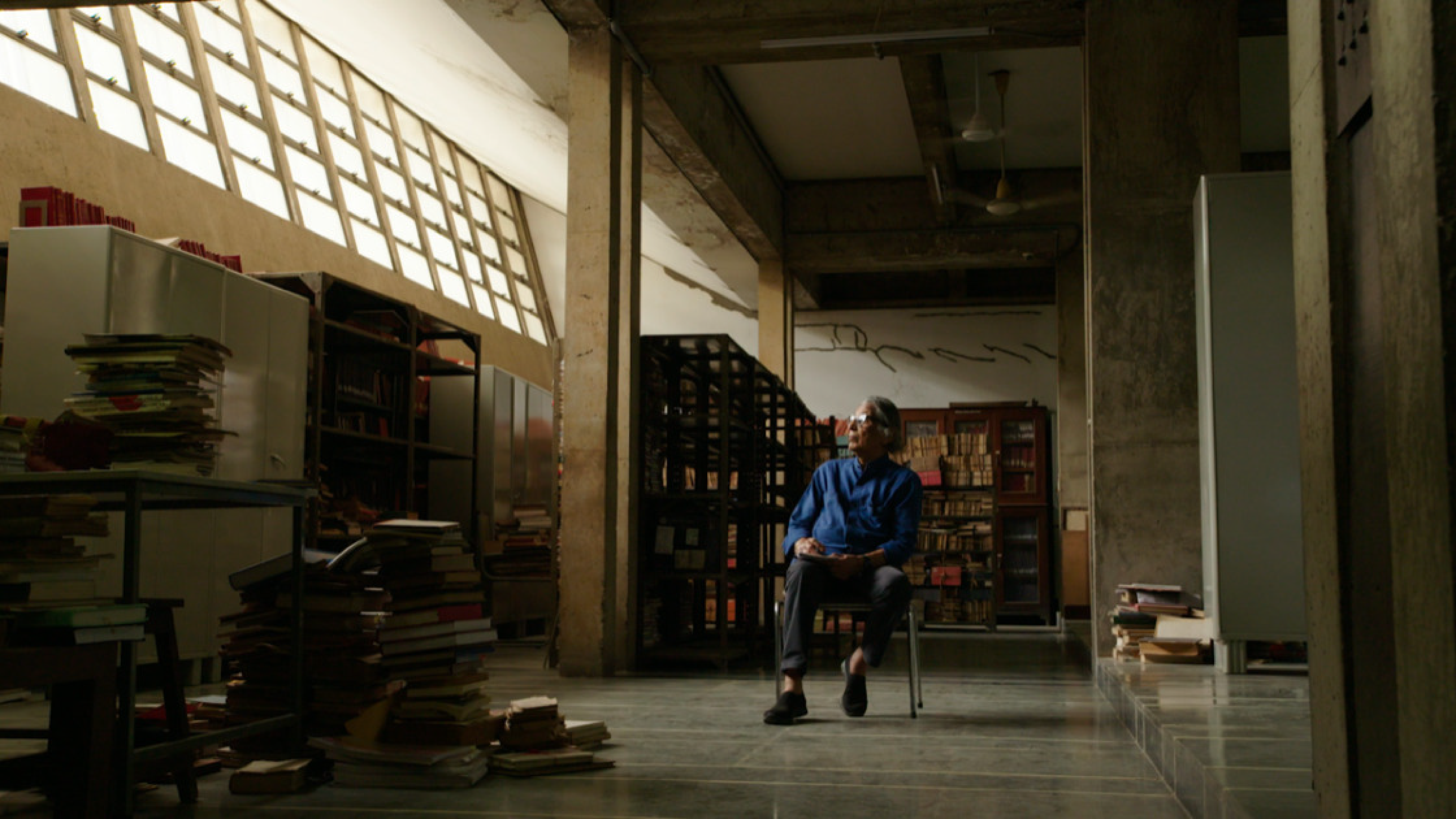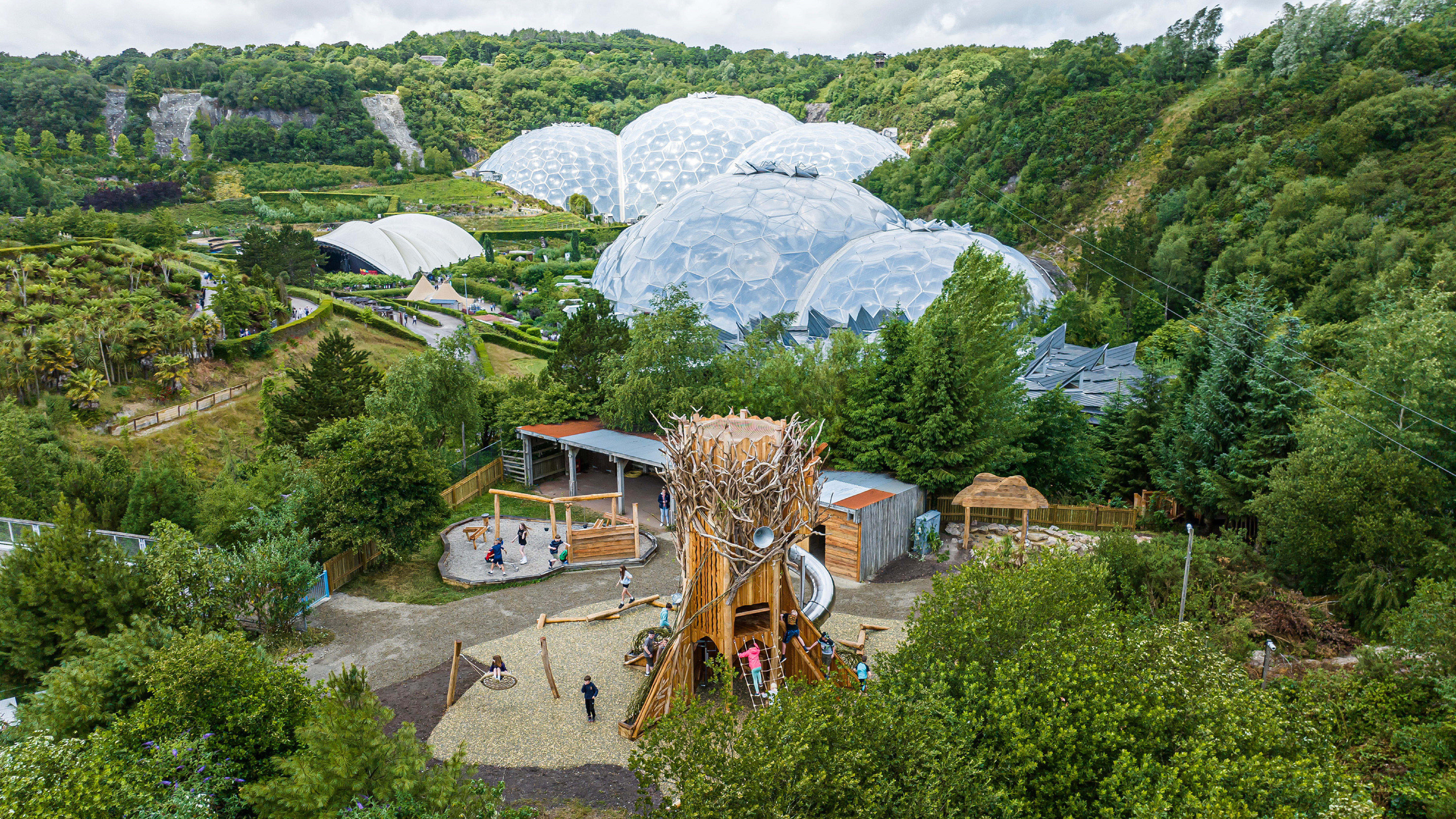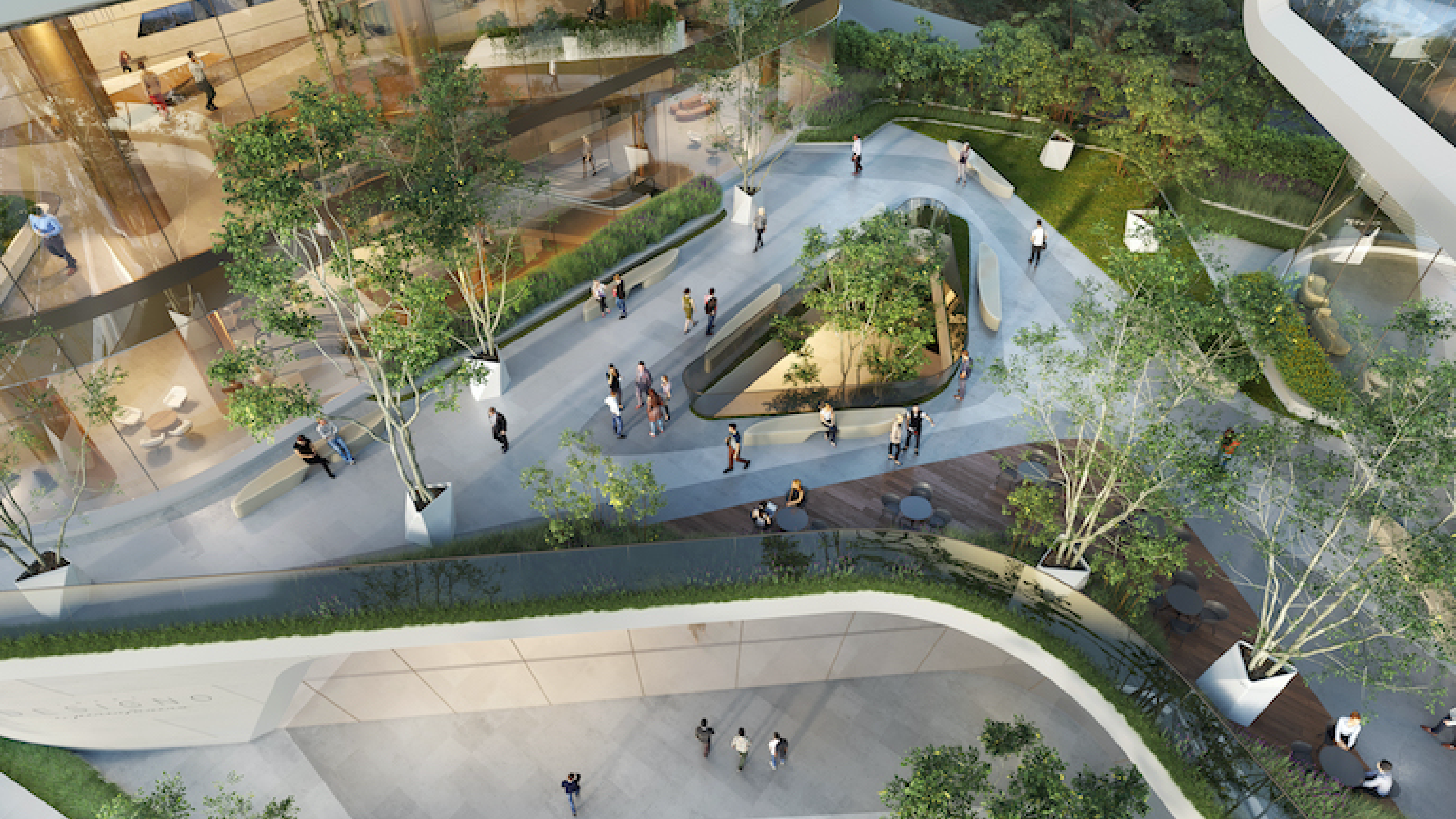The Digital Twin Cities represent a model of urban organization that promotes technology as a way of societal advancement.
The concept of Digital Twin Cities originated in the engineering and manufacturing industry with the idea of recreating complex physical systems in digital models. These replicas are based on industrial machinery and infrastructure in order to optimize functions and management of processess.

The term Digital Twin was first coined by Michael Grieves, a professor at the University of Michigan, in his article “Digital Twin: Manufacturing Excellence through Virtual Factory Replication” in 2002. Grieves used this concept to describe the creation of digital replicas of products or manufacturing processess to improve efficiency and quality in industrial production.
Over time, the idea of digital twins expanded to other industries, including urban planning, where it is often used by planners, policymakers, technologists, citizens, architects, and others. It is a concept that currently utilizes tools such as Internet of Things (IoT), artificial intelligence, and data analytics to create digital replicas of existing cities or urban environments. These replicas are dynamic models driven by large amounts of data that simulate and reflect a real-world city, capturing various aspects of its physical, social, and economic characteristics
Some key features of digital twin cities are:
- Data integration: Digital twin cities are based on data from various sources, such as sensors, satellites, social networks, and public records, which are integrated into a unified virtual model. This data can provide information on various aspects of city life, such as traffic patterns, air quality, energy usage, and citizen behavior.
- Visualization: The digital twin city model incorporates 3D visualization and simulation techniques, providing stakeholders with easy interaction with these digital city models in a realistic and intuitive way. This provides urban planners and citizens with knowledge of complex urban systems and their interaction with the built environment.
3. Real-time monitoring: This allows for real-time monitoring of city conditions and can support predictive analysis, enabling city planners to anticipate and respond to changes and trends in the urban environment.
4. Decision-making support: Digital twin cities are used by decision-makers in urban spaces. Through this model, tools are provided that support decision-making and evaluation of different scenarios and strategies in a virtual environment, before their implementation in the real world, which helps minimize risks and optimize resource allocation.

Shenzhen Bay Eco-Tech Park
China - Shenzhen Infinova Limited
Digital twin cities have the potential to revolutionize urban planning and management by providing an interactive, dynamic, and data-driven approach to understanding and optimizing complex urban systems. They can help cities become more sustainable, resilient, and citizen-centric, and support evidence-based decision-making for urban development.
The global market for digital twins is booming. According to a recent study by the World Economic Forum (WEF), it is expected to reach $48.2 billion by 2026. It has also been recognized as playing a crucial role in the future of urban organization, with digital twin cities expected to help the sector save around $280 trillion by 2030.
“Based on information technology systems, digital identification, automated perception, network connectivity, inclusive computing, intelligent control, and platform services, a digital twin city is recreated in the digital space that matches the physical city, with holographic simulation, dynamic real-time monitoring, precise diagnosis, and prediction of the state of the physical entity of the city in the real environment.” – World Economic Forum.

Similarly, as Digital Twin Cities present significant benefits for our future, it has also generated discussions and debates around it. Some discussions focus on privacy and data security, as reliance on personal data from citizens and sensors raises concerns about security risks and cyber threats. This discussion opens the door to ethical-related considerations regarding equity, justice, and inclusion in the design, implementation, and governance of digital twin cities to avoid exacerbating existing inequalities.
Debates about digital twin cities are diverse and multifaceted, covering topics such as privacy, ethics, governance, urban planning, economy, and technology. Experts engage in ongoing discussions to ensure that digital twin cities are developed and implemented responsibly, inclusively, and sustainably, addressing potential challenges and maximizing their potential benefits for urban environments and the communities they serve.
One of the great potentials of the digital twin cities model is in the fight against climate change. CreDo, The Climate Resilience Demonstrator Project, is a digital twin demonstrator that visualizes climate change adaptation measures to help increase resilience across the infrastructure system.
“Countries are grappling with how to adapt to climate change and achieve net zero carbon emissions. Digital twin cities have a crucial role to play in this space,” says Sarah Hayes, Strategic Engagement Leader at CReDo.
CReDo was born at the Centre for Digital Built Britain, a collaboration between the Department for Business, Energy and Industrial Strategy and the University of Cambridge, established by the UK government in 2017 as the center for Building Information Modeling and Digital Construction programs in Great Britain. The aim is to improve the efficiency, sustainability, and resilience of cities and urban infrastructure in the UK, which has been an early adopter of this model.
Another recently launched initiative is the Global Twin Cities Initiative by the World Economic Forum (WEF), which aims to support decision-makers around the world in improving and supporting governments to create an urban ecosystem conducive to people and industries.
The initiative is divided into three phases. Phase 1 identifies global use cases that would help create a unified framework and global best practices. Currently, it is in the second phase, where the WEF is helping to structure digital twin city projects in eight selected projects in China, Hong Kong, and New Zealand.
As it moves towards its third phase, the project will nominate the top three projects and focus on establishing a qualification framework, as well as a toolbox for the application of technological data.

Changsha, China
In conclusion, digital twin cities represent an innovative and exciting vision of the future of urban planning and management. With their integrated and holistic approach that combines digital technologies, real-time data, and building information modeling, digital twin cities have the potential to transform how cities are designed, constructed, and managed. As challenges are overcome and the maturity of this technology advances, digital twin cities are likely to play a significant role in creating smarter, more efficient, sustainable, and citizen-centric cities.







Leave A Comment